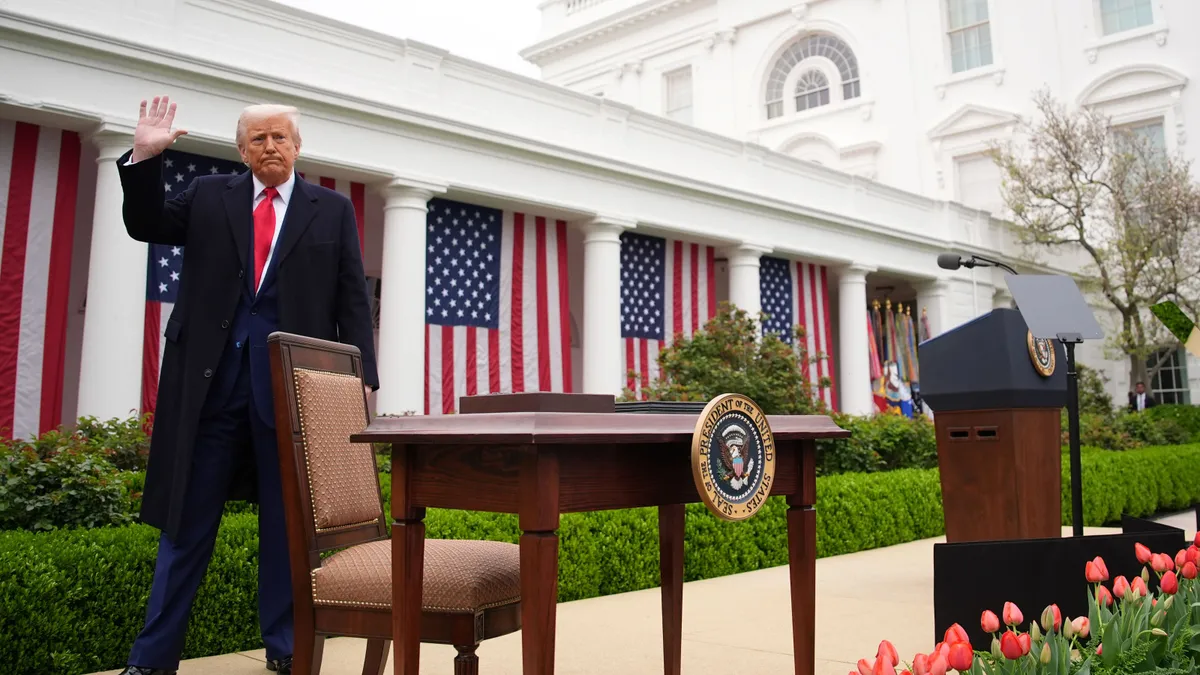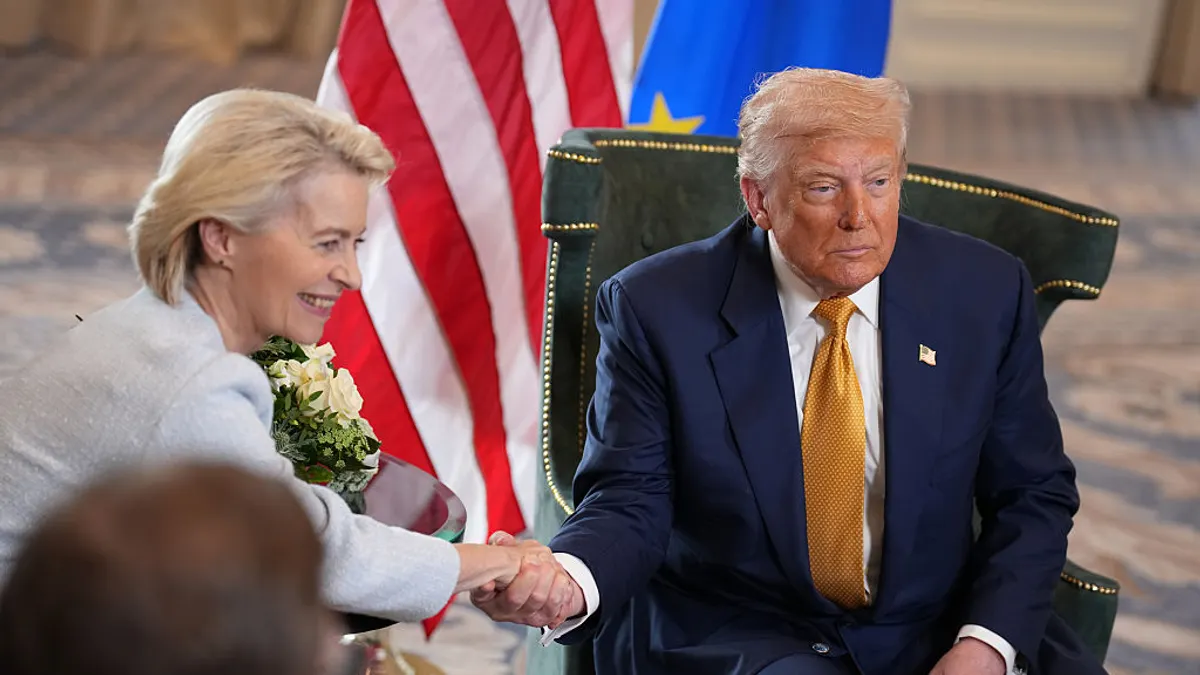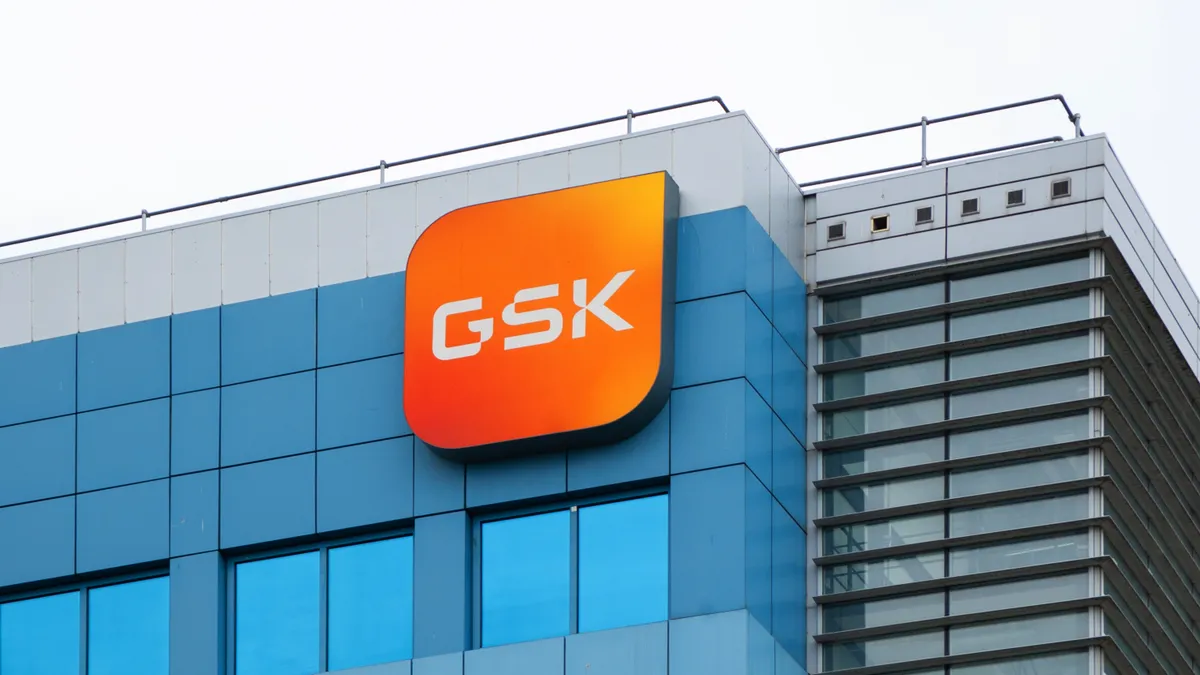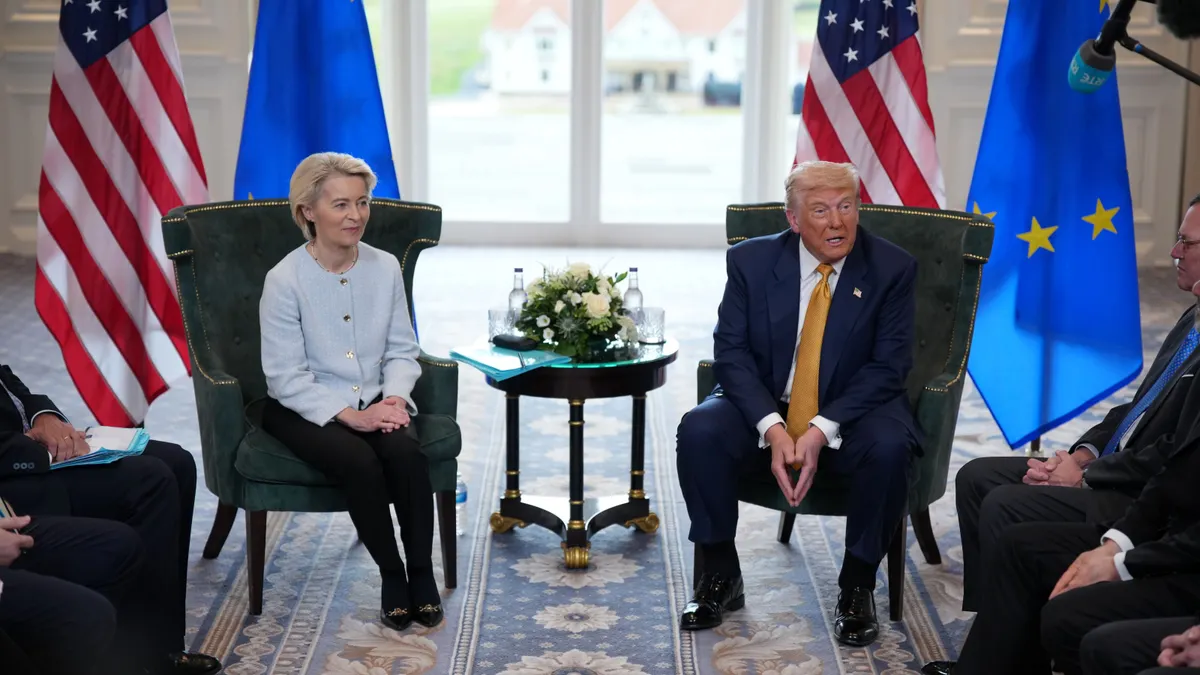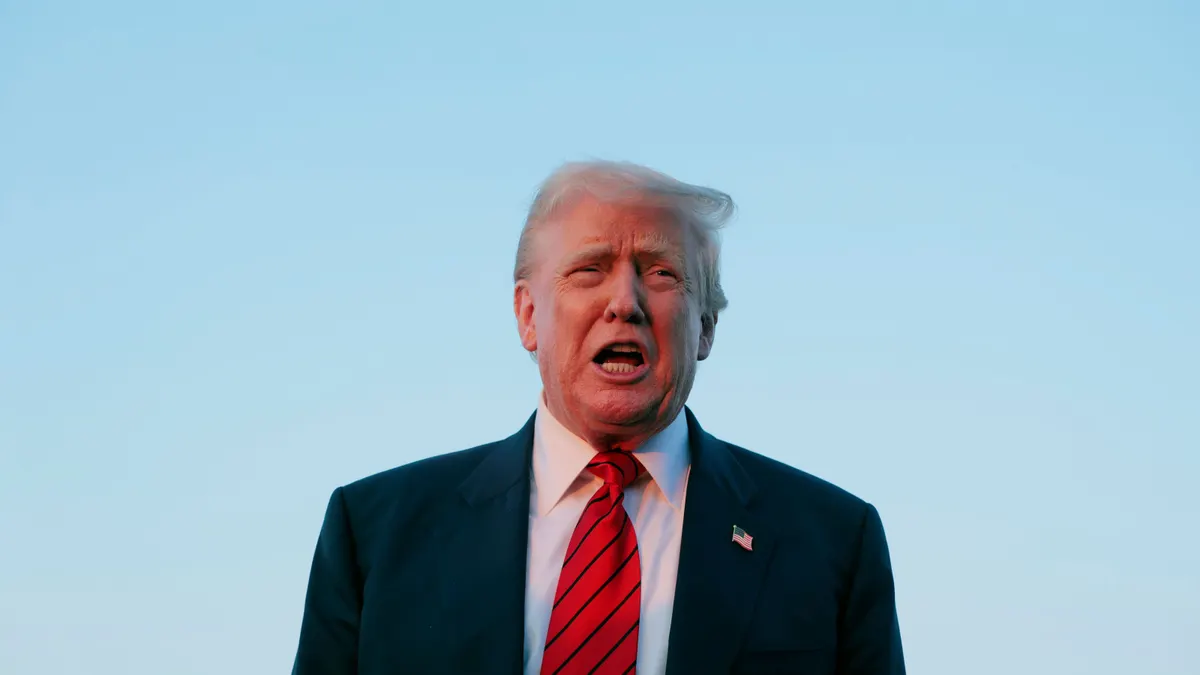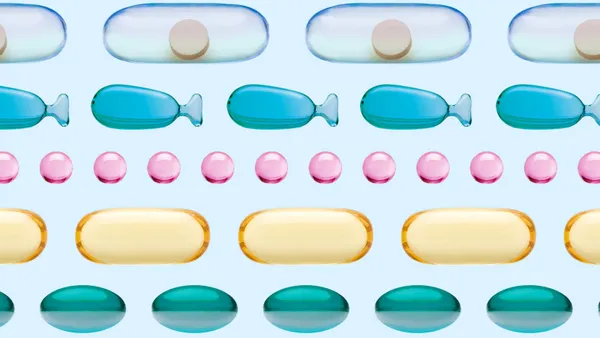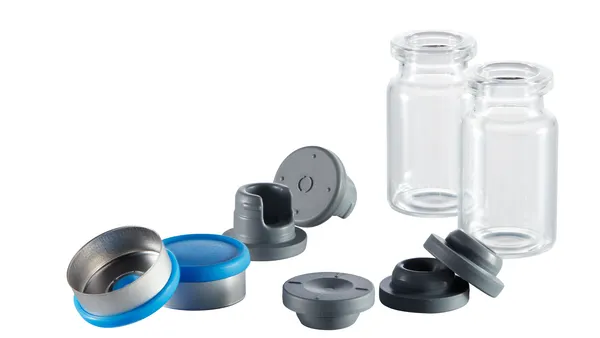The U.S. will implement a universal baseline tariff of 10%, effective April 5, along with increased tariff rates on various countries, President Donald Trump announced at the White House Wednesday.
The president said certain trading partners such as China, Japan and the European Union will be subject to higher duties than the baseline rate, effective April 9. Those countries will face levies derived from a formula that takes into account their trade surplus with the U.S. and total exports, the result of which was then halved.
Trump presented this on Wednesday as equal to each country’s total trade barriers, although details published by the U.S. Trade Representative indicate the formula is meant to approximate that total.
For example, the U.S. will charge China a 34% tariff based on what the Trump administration calculated as a 67% total rate the country imposes on the U.S. Meanwhile, Japan will be charged 24%, the EU will be charged 20% and Vietnam will be charged 46%.
Pharmaceuticals and semiconductors, among other goods, do not appear to be subject to the new duties, based on exemptions listed in Trump’s executive order. Trump has previously indicated the drug industry will face tariffs, however, and other levies could be applied in the future, analysts said.
If ultimately imposed, pharmaceutical tariffs could have a substantial impact on the sector, given the industry has a large manufacturing base in Europe and is reliant on countries like China and India for raw materials and active drug ingredients.
“Pharma companies are going to come roaring back” to the U.S., Trump said at Wednesday’s event, noting recent announcements by Eli Lilly and Johnson & Johnson of plans to invest tens of billions of dollars in domestic drug manufacturing. Trump also referenced the production of antibiotics, noting how the U.S. no longer makes enough of its own supplies to “treat our sick.”
Previously enacted tariffs on steel and aluminum, as well as those on cars and automotive parts, will remain in effect.
The new tariff rates will only apply to non-U.S. content of finished goods if at least 20% of the value of the product was made in the U.S., per an executive order Trump signed enacting the new duties.
Previously enacted tariffs on Canada and Mexico will not be affected by the new tariffs, per a White House fact sheet. This includes the pause on duties for imported goods compliant with the United States-Mexico-Canada Agreement.
The Trump administration’s duties are somewhat less than what was initially promised to be universal reciprocal tariffs. But the higher rates imposed on key trading partners appeared to catalyze a market sell-off Thursday, sending U.S. stocks sharply lower.
In February, Trump directed federal agencies to examine any non-reciprocal trade agreements the U.S. was subject to, and to submit proposed remedies within 180 days.
Although the memorandum called for proposed remedies, Trump initially said he would match tariff rates of other trading partners as part of this reciprocal tariff policy.
“In other words, they charge us a tax or tariff, and we charge them the exact same tax,” Trump said in an Oval Office news conference in February.
Trump consistently said that he would institute such reciprocal tariffs on April 2, a day after federal agencies were required to submit findings from the trade policy review he ordered on his first day in office. Although the findings have not been published yet, cabinet officials were tasked with evaluating trade agreements and potentially unfair trade practices by other countries.
In the run-up to April 2, Trump targeted specific countries and distinct sectors with increased import fees. His administration has hiked tariffs on China by 20% and considered 25% “secondary” tariffs on countries that buy oil from Venezuela.
Meanwhile, 25% tariffs on goods from Canada and Mexico were paused for products compliant within the United States-Mexico-Canada Agreement in March following an initial monthlong implementation delay.
U.S. trading partners have been responding in kind to Trump's tariff barrage, with China and Canada rolling out their own retaliatory duties and the European Union promising its own countermeasures by mid-April. Meanwhile, Mexico President Claudia Sheinbaum in February said the country had several plans to retaliate against higher U.S. import fees.
Ned Pagliarulo contributed writing.
Editor’s note: This story was updated with additional information on the formula used by the Trump administration to calculate the reciprocal tariff rates imposed on certain countries. It was also corrected to clarify which countries qualify for USMCA-related exemptions and the status of potential tariffs on Venezuela oil buyers.



